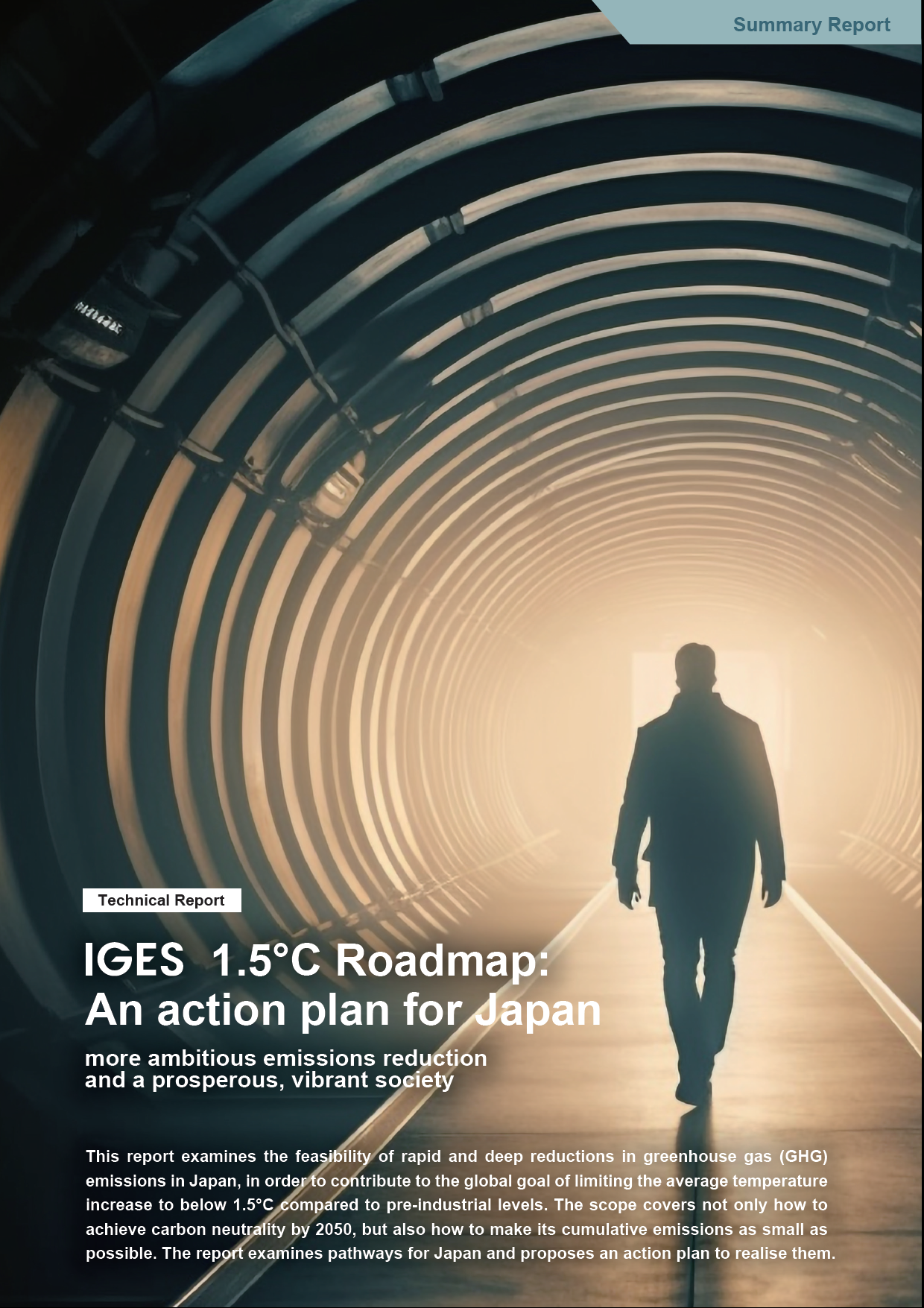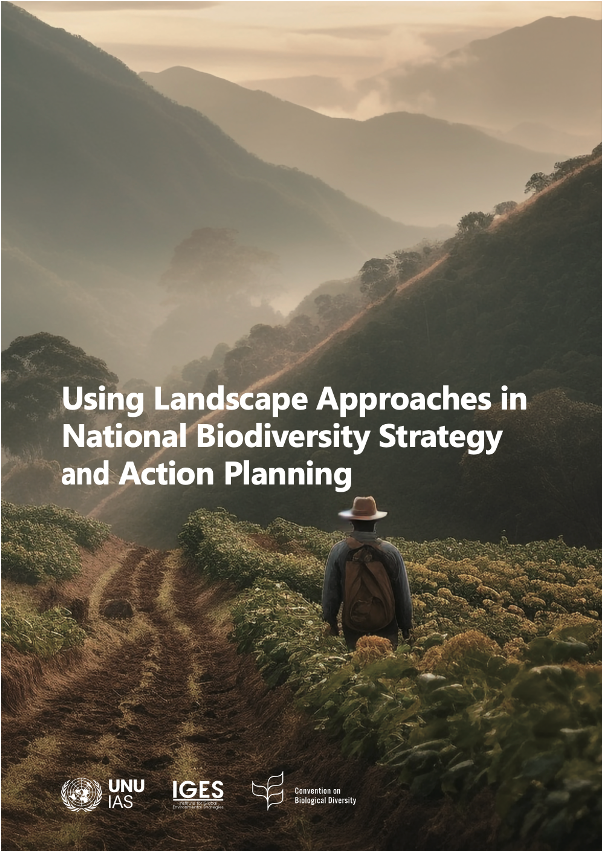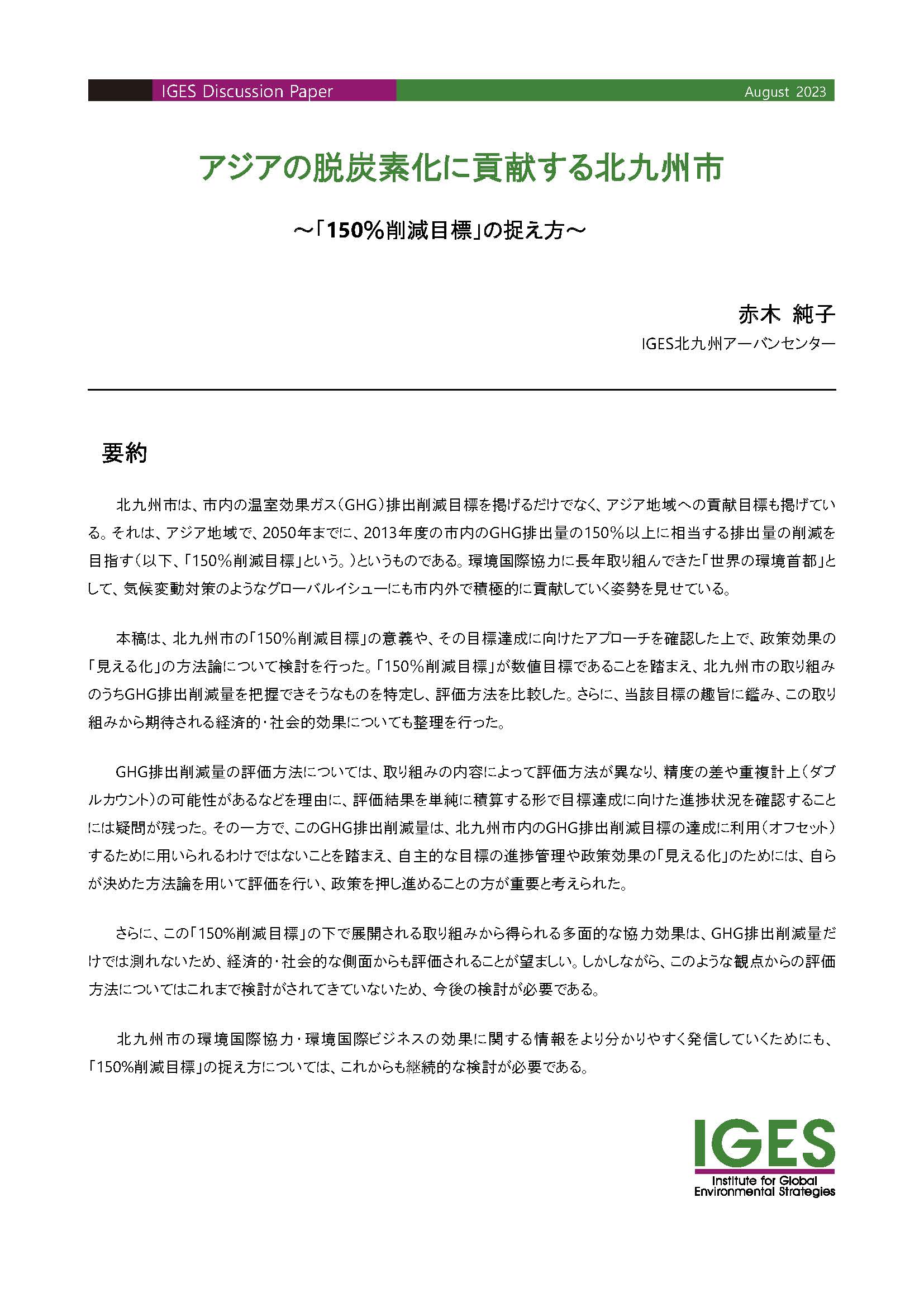In Earth Systems and Environment
Water governance (WG) plays a crucial role in steering integrated water resources management (IWRM) toward the fulfillment of the Sustainable Development Goals (SDGs), particularly in developing regions. Despite this, substantial challenges hinder effective WG implementation across Asia. This study systematically reviews WG literature in Asia from...









